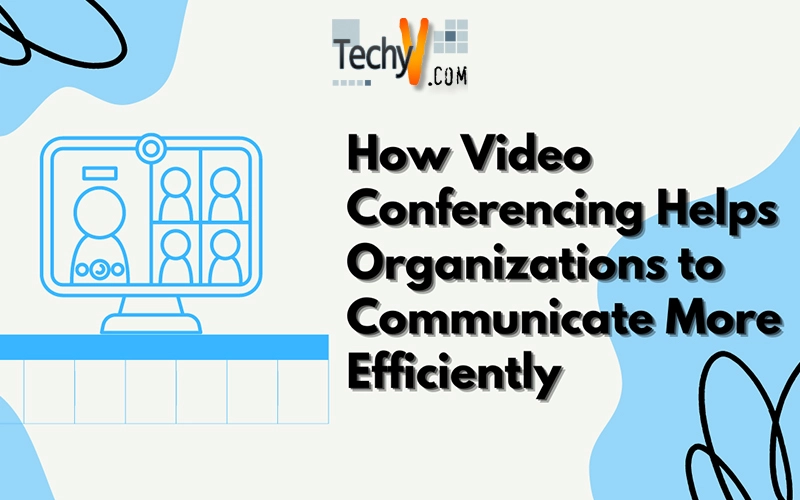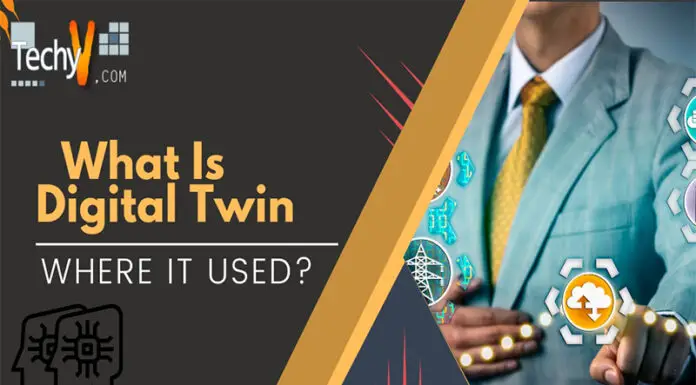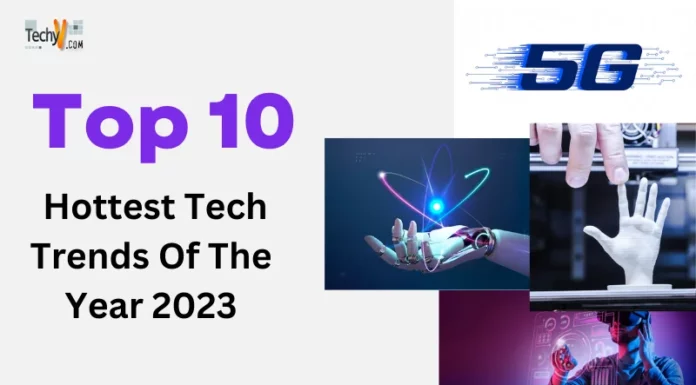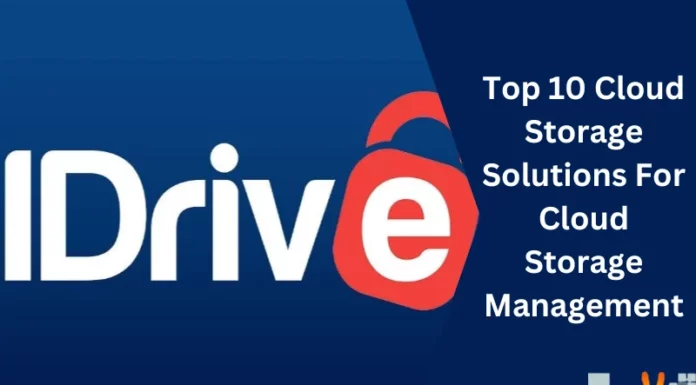How Video Conferencing Helps Organizations to Communicate More Efficiently
Video conferencing is a technological tool that has been in use for a while now. Over time, it has greatly exhibited its usefulness in different fields when it comes to the quality and effectiveness of communication. Almost every medium and large level organization is using video conferencing as a means of conducting virtual meetings and communication over long distances. It has been proven to be cost effective which frees up an organization’s valuable resources to be utilized in a much more profitable manner.
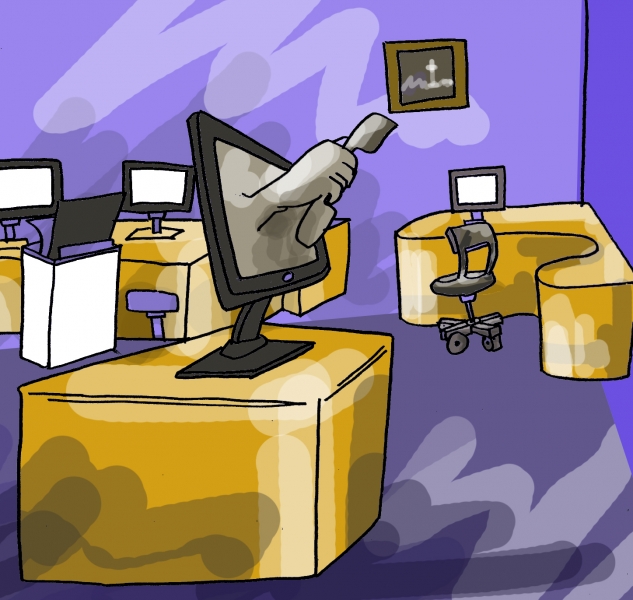
What are some Practical Uses for Video Conferencing Technology?
There are several uses for video conferencing technology. Its undoubted usability is an asset, as it is much easier to set up and troubleshoot than other traditional methods of business communication. Some vital video conferencing uses are listed here in order to create a better understanding of where it can be used, both inside and outside an organization.
- Interview Sessions
- Business Meetings
- Presentations
- Training and Distance learning
- Seminars (Webinars)
- Communication with remote audiences
- Video Conferencing Protocols
Different types of transport protocols facilitate the video conferencing process. The basic concept behind these protocols involves the conversion of data into data packets, which are then transferred from point A to point B. Every data packet has an electronic label or header which signifies its contents to the receiving end. Since video conferencing is a two-way communication process, both ends utilize these protocols in order to convert data into signals which are deciphered at the receiving end. Some standard protocols are:
TCP
Abbreviation of Transmission Control Protocol, TCP is used for transferring data packets between two hosts, with IP addresses making sure that the packets reach the destination. It is generally used to transfer alphanumeric data. Its most useful features include the ability to combine data packets, and capability to correct itself which ensures a seamless transmission process.
UDP
Abbreviation of User Datagram Protocol, UDP is used to send datagrams or application data over a network. It is simpler than any other protocol sequence, and the focus is more on the flow of communication and data integrity over a transmission channel. The trouble with UDP is that it often fails in arranging data, thus it frequently drops packets in order to keep the channel clear of any sort of garbled information. UDP is normally used when transmitting time sensitive applications to a large number of users at once, though it is not the best solution for real-time transmission.
RTP
Real-Time Protocol is used for audio and video data streams. It uses a method called IP Multicast, which involves the transmitting of datagrams in a single transmission. RTP is an advanced version of UDP and it uses an innovative process that adds a time, and a sequencing code on every datagram. This enables the receiving end to compile the sequence, and then to decipher the intended message after scraping data and removing duplication.
RTCP
This is a parallel protocol which stands for Real-Time Transport Control Protocol. It uses the same basic structure as RTP, but adds a little advancement of the basic standards. It provides control features to regulate the RTP flow in a data transmission. Its basic functionalities include facilitating multimedia data packaging, and sequencing the data in real time. It is important to note that RTP is not designed to transmit any packets over a channel itself.
The Benefits of Video Conferencing
Video conferencing possesses qualities that are considered very useful in providing a fully functional audio/video communication system to carry out important data transmissions. The following are some of the most important benefits:
Cost benefit
The first and foremost concern of an organization is to reduce administrative and operational costs. Video conferencing is by far the most effective way to achieve this. The only costs involved in video conferencing are the following :
- Time expenses
- End-point equipments
- Servers and dedicated network devices
- Support Costs
- System upgrade costs
Ease in usability
Conferencing systems are very simple to use. With these systems, a person can easily utilize all the basic functions as well as the added features of the system without much effort. However, as the whole process is based on technological advancement, an occasional user might find it a little bit hard to utilize the system to its full potential. Nonetheless, it is still quite easy to install and use when compared to previous models.
Quality communication
As human beings, we have the ability to decipher and decode gestures and facial expressions which is very helpful when communicating with another party. As communication becomes more complex, both verbal and non-verbal communication play very important roles in the effectiveness of communication.
Commuting Benefit
This maybe the most significant benefit of video conferencing. Whether it is being used for training sessions or business meetings, with video conferencing, people are not required to commute to the location of the meeting. The facilitation of the meetings is simply performed via audio and video transmission.
Resource utilization
With organizations going global and with the expansion of business units, organizations often find it time-consuming to travel long distances to complete normal business tasks, not to mention the travel time, lodging expenses, and travel expenditures involved. Video conferencing helps an organization to save much money and utilize its resources more efficiently.



